Ze Aya, Caterina Gobbi, Jake Moore & Eevi Rutanen
curated by Ir Seager
23th FEBRUARY - 24th MARCH 2019
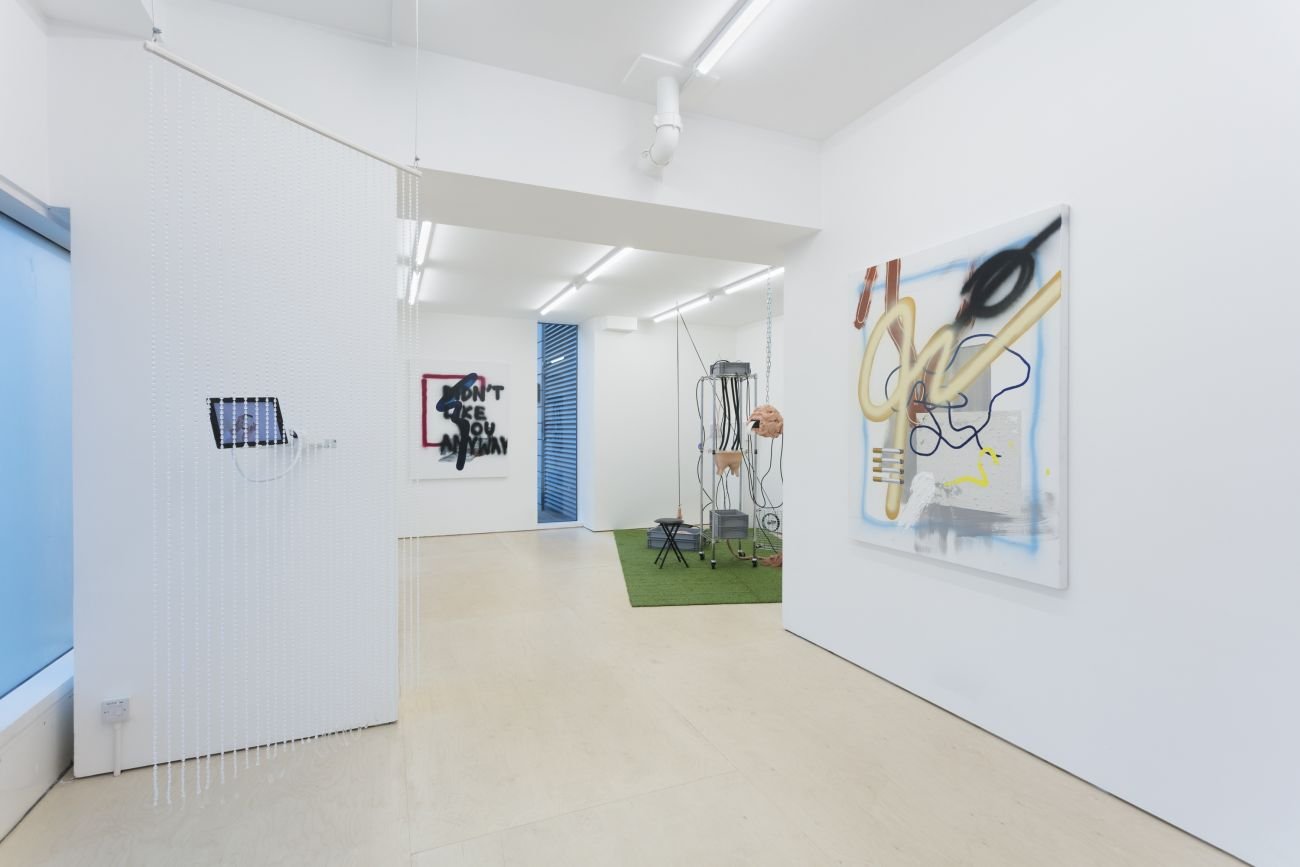
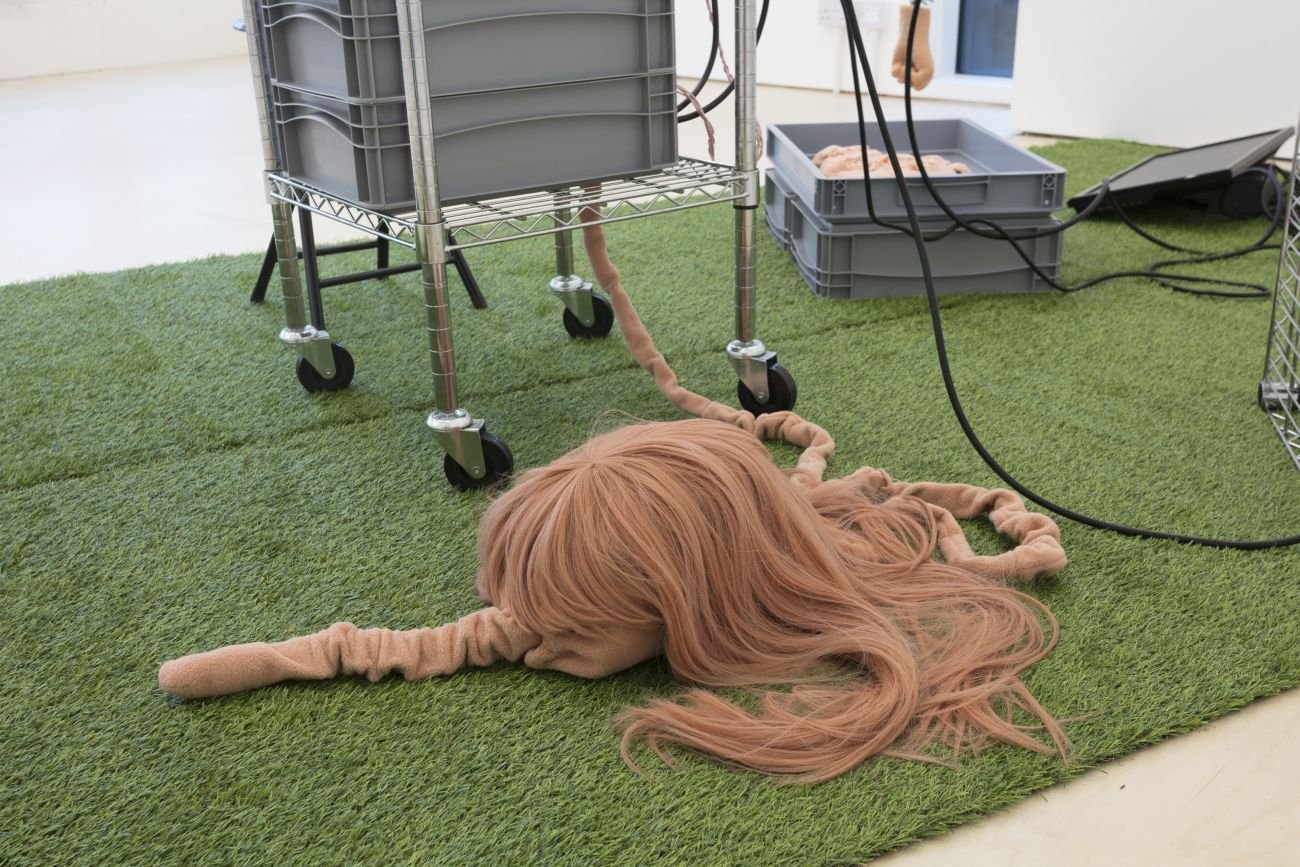
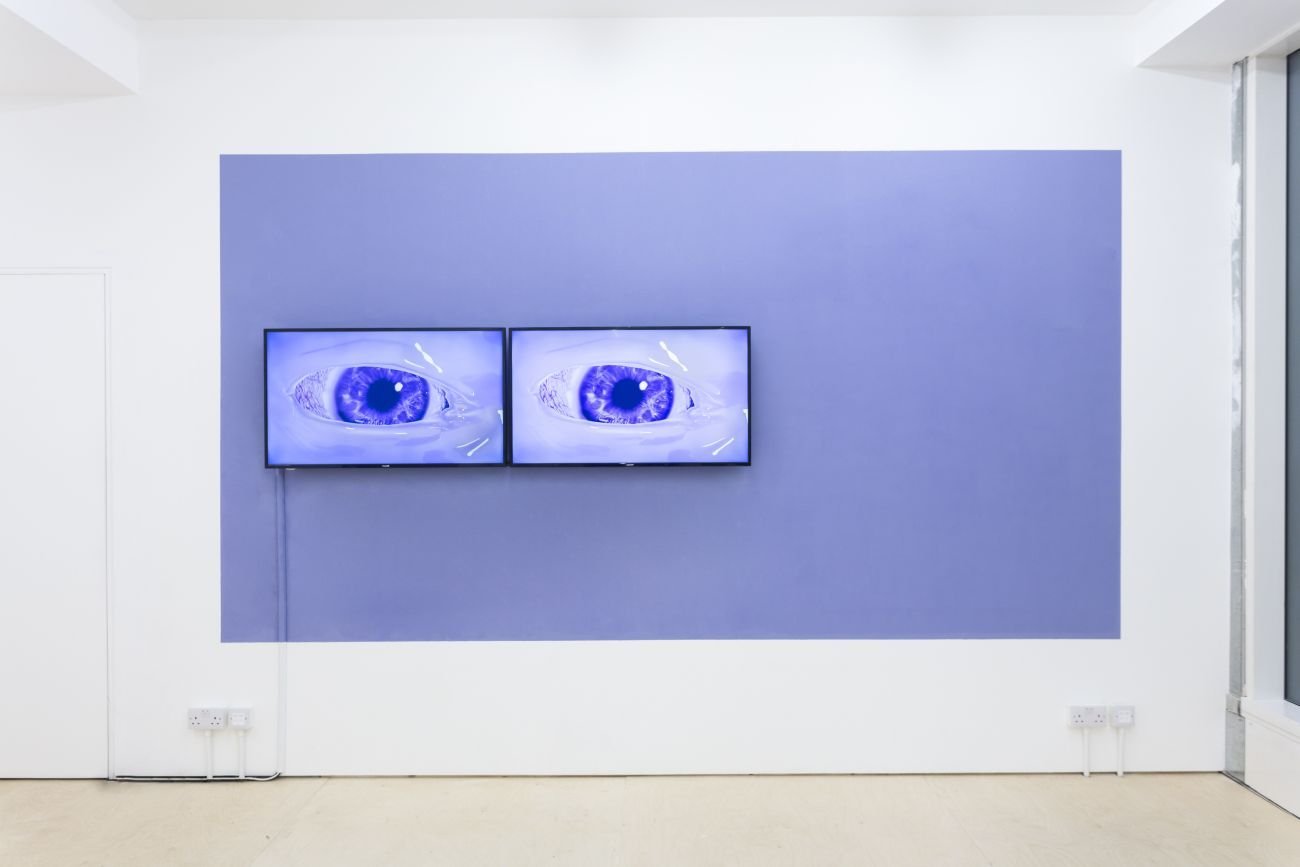
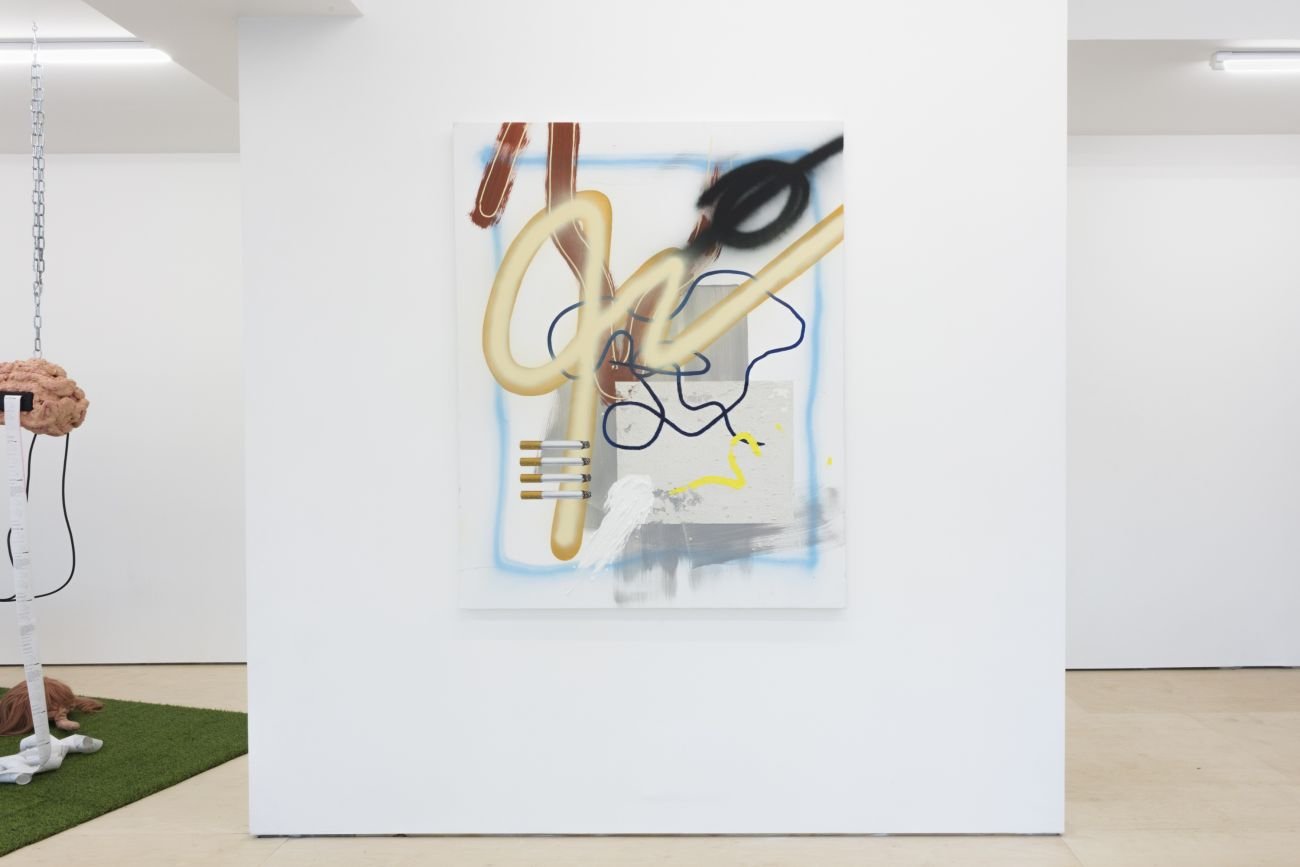
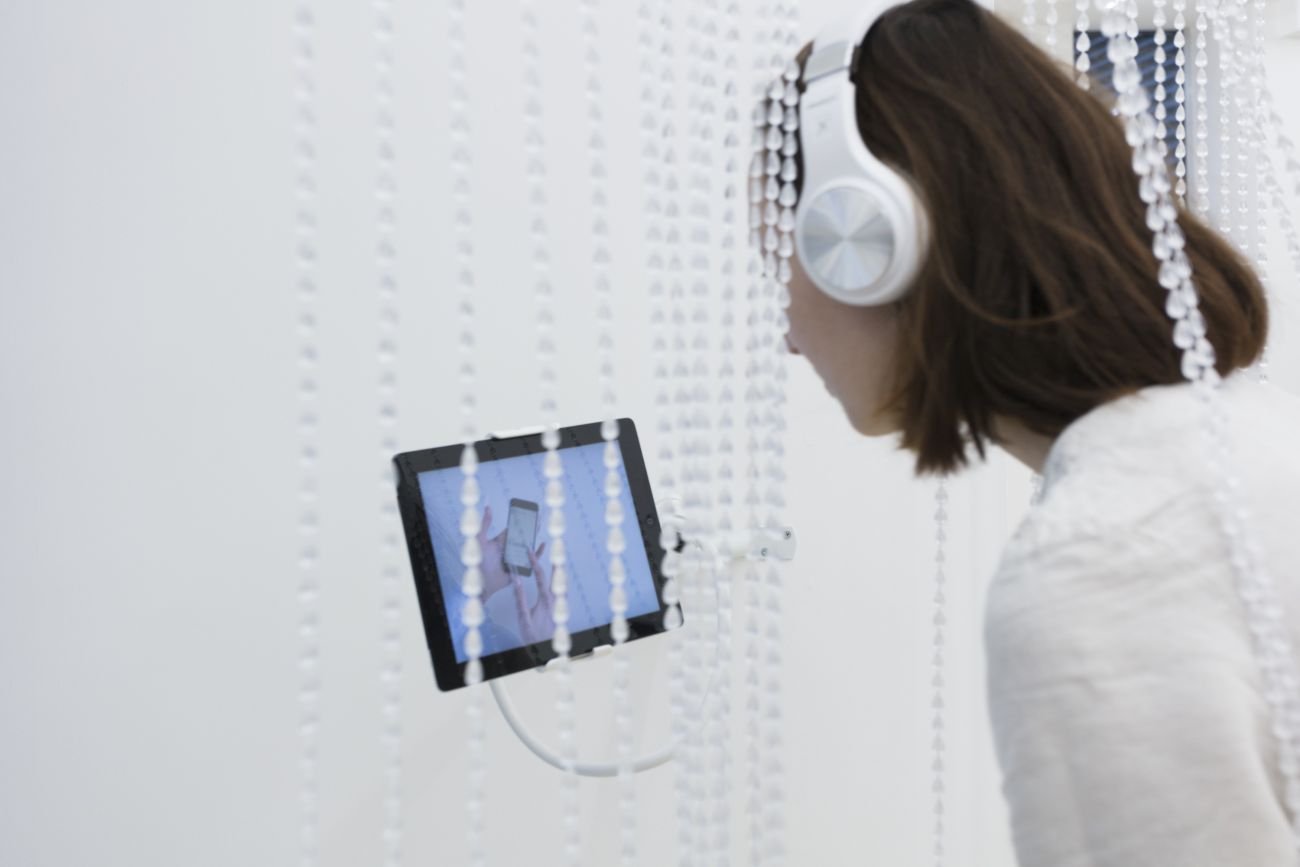
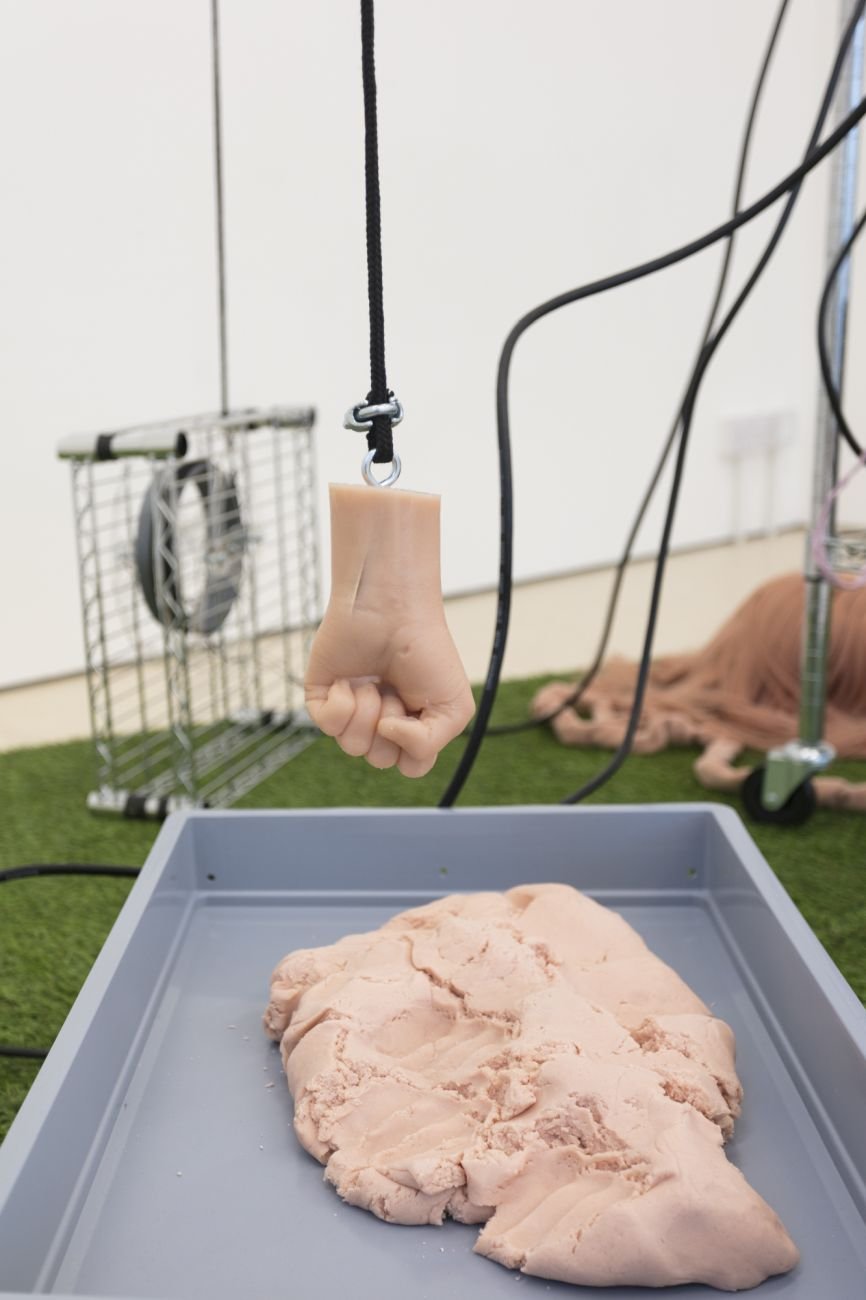

Despite the details and plural forms of every aspect of reality you see around you now, these complexities can potentially be digitally represented by your mobile or laptop into a simple arithmetic with just two opposing options; 1 and 0.
Screens glow and machines whirr, yet this is not a state of full robotic automation. Someone needs to be switching these things on, tapping them into life, swiping, caressing, cupping, controlling. Whilst the binary code inside the devices negate the existence of anything other than these two options, our subjectivities and interference complicate this relationship, showing other binaries, such as gender to be a construct that is wholly inadequate. It’s like that little dark dot of Yin inside the white swirl of Yang; these two supposed oppositions need each other, intersect and flow through each other, and when smudged could create an indefinite amount of greys.
Binary Code, the inaugural exhibition at SEAGER, brings together works by Ze Aya, Caterina Gobbi, Jake Moore and Eevi Rutanen. Binary Code highlights the human hand as it continues to shape gender identities, labour and love whilst these move amidst and through the language of 1s and 0s.
Ze Aya uses digital collage and touch-screen drawing apps to construct painterly works in a controlled environment, before translating these into physical objects. On canvas, Ze carefully builds up layers and textures by hand, reconstructing digitised romance and saying the unsaid. Her works map seduction and fragility, and ultimately love and heartbreak, as these relationships are played out and manipulated in on and offline social spheres.
Working as an artist, performer and DJ, Caterina Gobbi is interested in the relations that humans have with and within their immediate surroundings. She particularly concentrates on emotive or sentimental experiences in spaces that we can inhabit, which includes the sonic and the digital.
Jake Moore uses computer animation, video and sound to consider the inadequacy of the human form, compared to the potential of increased computational and technological climates. In his sterile, 3D rendered spaces, chiseled figures move through speculative worlds. Seemingly male, their lack of genitalia leave them in mutable state between heteronormative, performed masculinity and fluid gender identities, whilst questioning the ailing of our own bodies against a machine-like form of ‘perfection’.
In the work of Eevi Rutanen, interactive installations, sculpture and software merge into uncanny hybrids of bodies and technology. Drawing on her background in bioengineering, Eevi’s work is often inspired by biological processes and forms. By combining computational systems and scientific paradigms with frivolity and feminist theory, she strives to imagine alternative ways of being through empowered softness or sensuality. Eevi is also a member of GRMMXI, a design collective committed to non-hierarchical collaboration and lolz.


